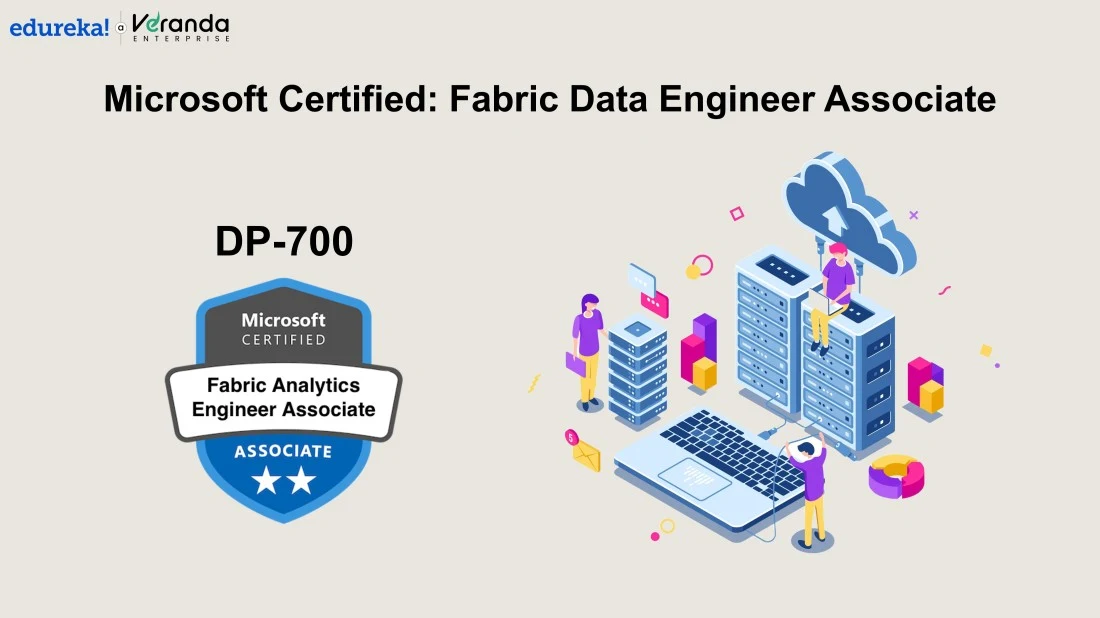Full Stack Development Internship Program
- 29k Enrolled Learners
- Weekend/Weekday
- Live Class
Imagine being in charge of creating an intelligent data universe where collaboration, analytics, and artificial intelligence all work together harmoniously. That’s what a Microsoft Fabric Engineer does. Microsoft Fabric is a strong, cohesive platform that unifies data lakes, warehousing, governance, real-time analytics, and more under one roof as companies scramble to make sense of mountains of data. The exciting part is that you might be the creative force behind combining these threads to create a tapestry that transforms your company.

In the US, certified professionals make between $110,000 and $193,000 annually, while in India, salaries range from ₹10,00,000 to ₹35,00,000. Companies with expertise in Microsoft Fabric are in high demand, including Microsoft, Accenture, AWS, and Deloitte
Are you prepared to influence the data-driven future? Let’s examine the requirements for becoming a Microsoft Fabric Engineer, starting with the knowledge and credentials discussed in this blog.
We will cover the 4 steps to becoming a Certified Microsoft Fabric Engineer, as well as the main topics.
This learning path validates expertise in Microsoft Fabric data engineering, focusing on data ingestion, transformation, security, and optimization. With the right study resources and hands-on practice, professionals can sharpen their skills and grow their careers in cloud-based analytics.
This blog covers the role in validating Microsoft Fabric data engineering skills and key topics like data ingestion, transformation, and security. Proper preparation is crucial for success and career growth in cloud-based analytics.
Boost your data engineering career with Edureka’s Microsoft Fabric Data Engineer Associate Training (DP-700). This in-depth course covers data ingestion, transformation, security, and optimization using Microsoft Fabric. Gain hands-on experience with live instructor-led sessions, real-world projects, and industry case studies for practical learning. Master key concepts like lakehouse architecture, data pipelines, SQL, PySpark, and KQL to build efficient data solutions. Perfect for professionals looking to excel in cloud-based data engineering.
Do you have any questions or need further information? Feel free to leave a comment below, and we’ll respond as soon as possible!